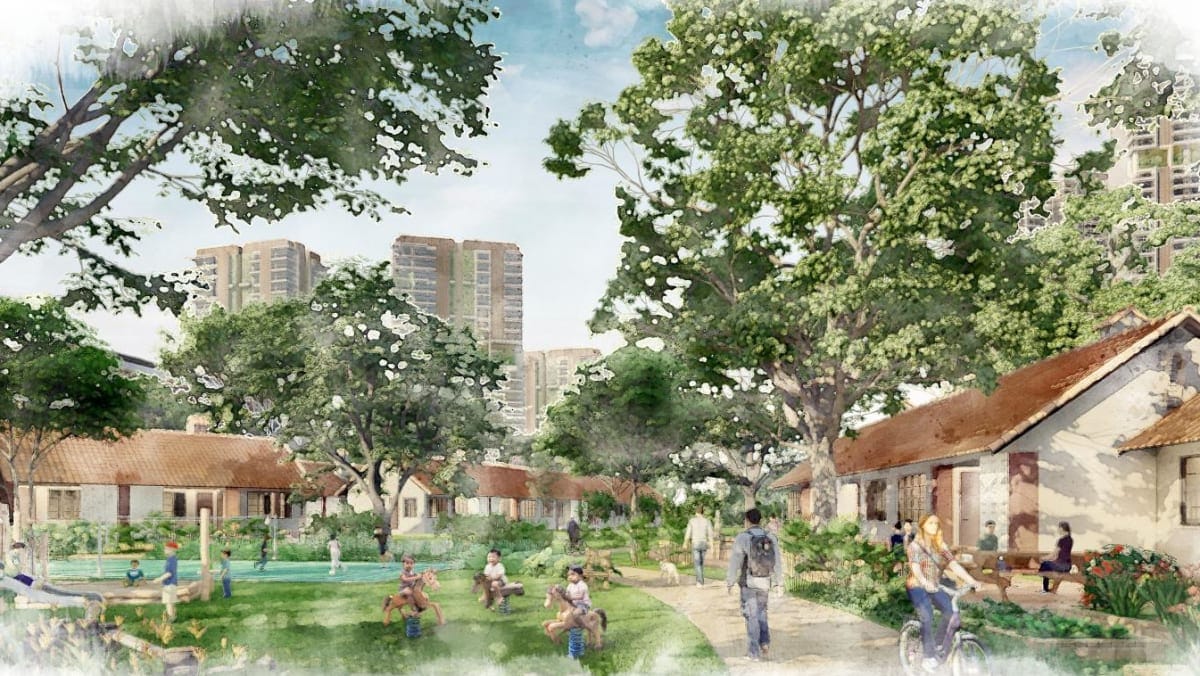Housing needs, new HDB models paved way for public flats in prime Bukit Timah Turf City area: Analysts

Source: CNA
SINGAPORE: Newly announced plans for public flats in the prime Bukit Timah location could have been "enabled" by factors such as housing needs as well as recent Housing and Development Board (HDB) measures, according to analysts.
On Thursday (May 23), Minister for National Development Desmond Lee announced that about 15,000 to 20,000 public and private homes are being planned for a new housing estate at Turf City in Bukit Timah over the next 20 to 30 years.
This is the first time in almost 40 years that public housing has been planned in Bukit Timah, said the minister.
The site has been mostly zoned for residential use since 1998, and was leased out for lifestyle and recreational use until the end of 2023.
Experts said the 26-year wait for development plans to be announced had to do with current needs of society.
"The housing needs in the area were likely not as pressing over the last two decades," said PropNex CEO Ismail Gafoor.
The decision to develop Turf City now is down to how Singapore plans its land-use, with the Urban Redevelopment Authority taking a long-term and step-by-step approach that considers future needs, said Dr Woo Jun Jie, senior lecturer at the Lee Kuan Yew School of Public Policy in the National University of Singapore (NUS).
Singapore's long-term and land-use Master Plans typically cater for decades into the future, he added.
"This means that the site would only be developed into housing when Singapore's housing needs requires these flats to be built in this neighbourhood or district, even if we draft these plans far ahead of time."
Assistant Professor Eric Fesselmeyer from the Singapore Management University (SMU) said the development of the Turf City site was likely put off because there was no "significant" demand for such a large plot that was already intended for future housing needs.
"Also, such a large area requires detailed planning, which takes time," he added.
